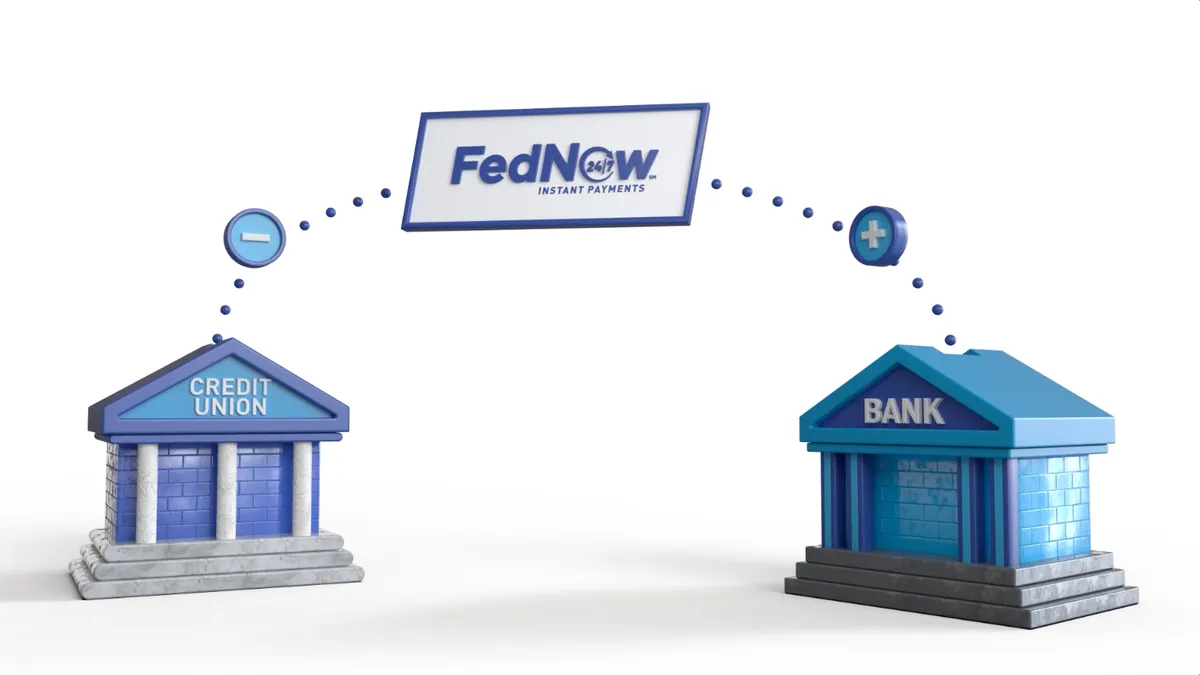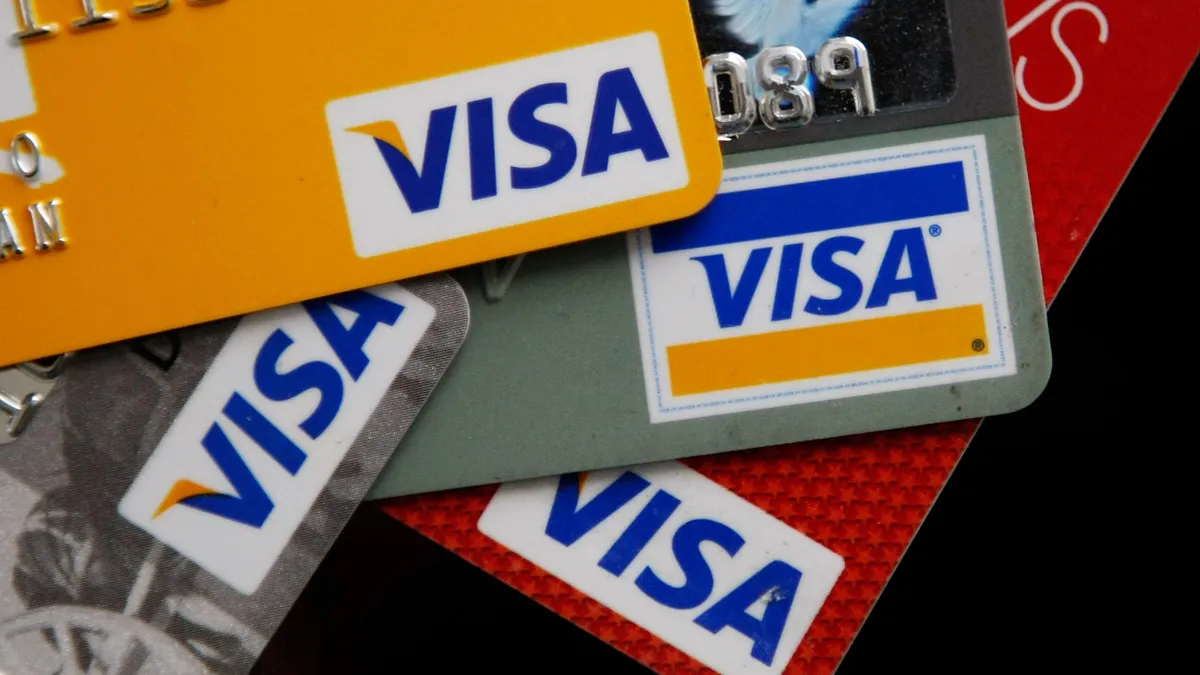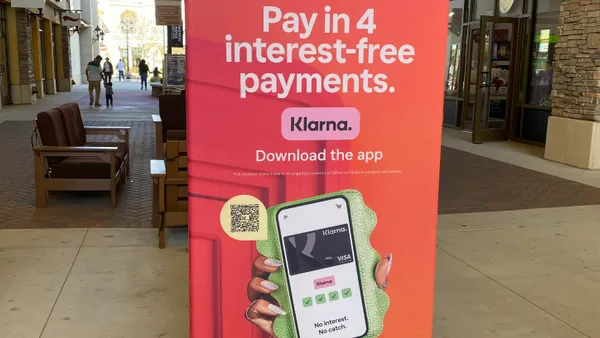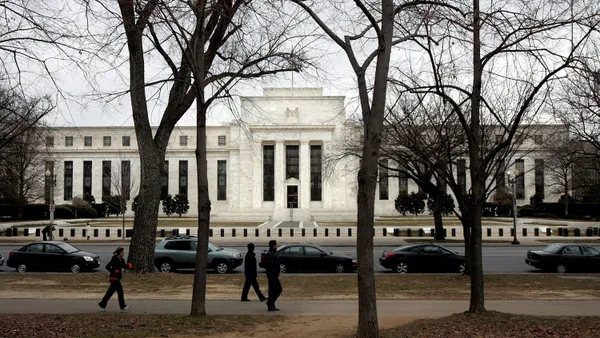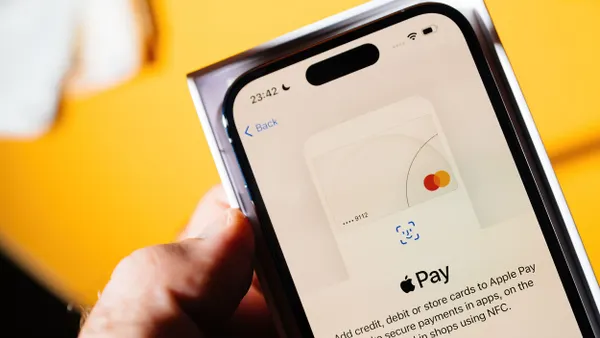Responding to an increasingly digital financial landscape, the Federal Reserve in July is launching the FedNow Service, an instant-payment service that will help banks and other financial institutions better serve consumers and businesses.
The Fed’s first new payment rail in 50 years will enable customers at participating banks, credit unions and other financial institutions to send and receive money within seconds, 24 hours a day, seven days a week. Consumer-facing transfer services, such as Venmo and Zelle, brought the concept of fast payments to the masses, but those still can take up to three business days to complete. The FedNow Service will be able to clear and settle transactions end to end within seconds.
Connie Theien, senior vice president and head of industry relations for the Fed, said discussions around the idea of real time payments began about 10 years ago, as dialogue across the industry and beyond pointed to the need for payments modernization in the United States, including infrastructure that would allow immediate clearing and settlement of banking transactions.
The payment options on the market now might seem instant, but in reality, most of these platforms batch transactions together and then settle them later. “Providers are actually extending credit in order to enable individuals to use the money immediately,” Theien said.
As more of these payment platforms are launched and used by consumers, the expectation from individuals and businesses “is that they get their money immediately,” she added, “and that creates more and more credit and associated risk in the system.”
When the Fed kicked off the FedNow pilot program in 2021, over 120 banks and payment providers joined in. All have been engaged from the earliest days, Theien said, providing input and feedback as the Fed designed and developed the service.
Over the past year, each of these institutions has been working to operationalize their own connection to the service and developing the needed processing capabilities. Although financial institutions aren’t required to join, the goal is to have all banks and credit unions in the country participate in the service.
What it means for consumers
Unlike an app that consumers access directly to send and receive payments, the FedNow Service will operate between financial institutions to clear and settle payments immediately. Businesses, merchants and individuals will be able to make instant payments through their bank’s website or app leveraging the FedNow Service on the back end. The Fed and the FedNow Service cannot access individuals’ bank accounts or control how they choose to spend their money.
Over time, as financial institutions adopt the FedNow Service and offer instant payments services to their customers, individuals and businesses will find them indispensable for everyday transactions:
-
Workers completing their shifts can get access to their wages immediately upon being deposited into their account
-
Insurers and emergency relief organizations can instantly disburse funds to people impacted by a natural disaster
-
Small businesses can use instant proceeds from sales or services to ensure steady cash flow and avoid the need for short-term credit
-
Account holders can move funds from a brokerage account to a checking account with no delay in accessing transferred funds
-
Digital wallet holders can fund or defund their wallets with immediate funds availability
Theien notes that because it’s a network, the FedNow Service is only as available as the number of financial institutions using it, and that number is expected to grow over time.
“We want to see all 10,000 financial institutions to join and build this network so we will get that reach and ubiquity that enables consumers and businesses anywhere, at any time, to benefit,” she said.
Bank customization
Financial institutions that join the FedNow Service will be responsible for marketing their specific offering to their customers. For instance, the FedNow Service allows transactions up to $500,000, but a financial institution could set a much lower limit, for example $10,000 or $20,000, to manage risk and align with customer needs.
The Fed will charge a fee to the participating banks using the service; it’s up to the banks to determine the fee they will charge to their customers.
“The FedNow infrastructure will enable financial institutions to offer their customers instant payments capabilities,” Theien said. “Just like when your paycheck gets automatically deposited into your account, it is probably going through the Fed, but banks don’t market that. Think of the Fed as the invisible plumbing that makes that possible. The same is true with the FedNow Service.”

